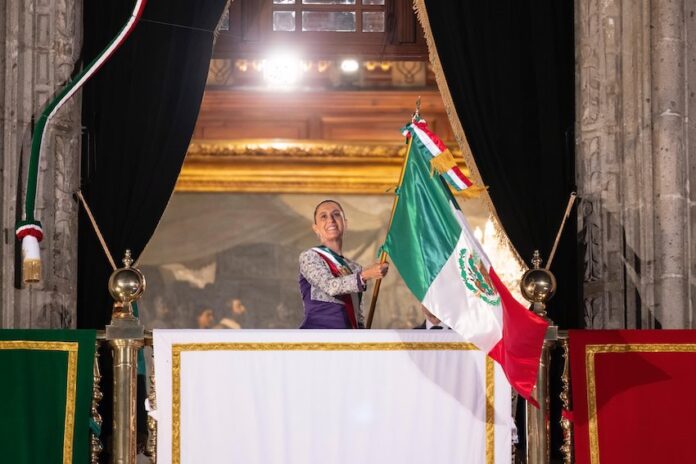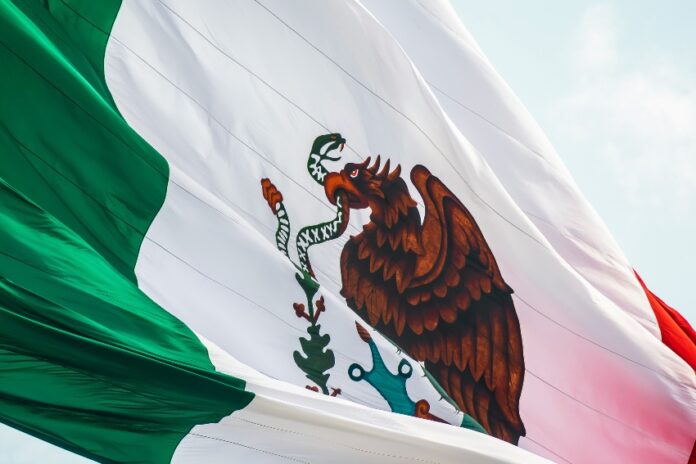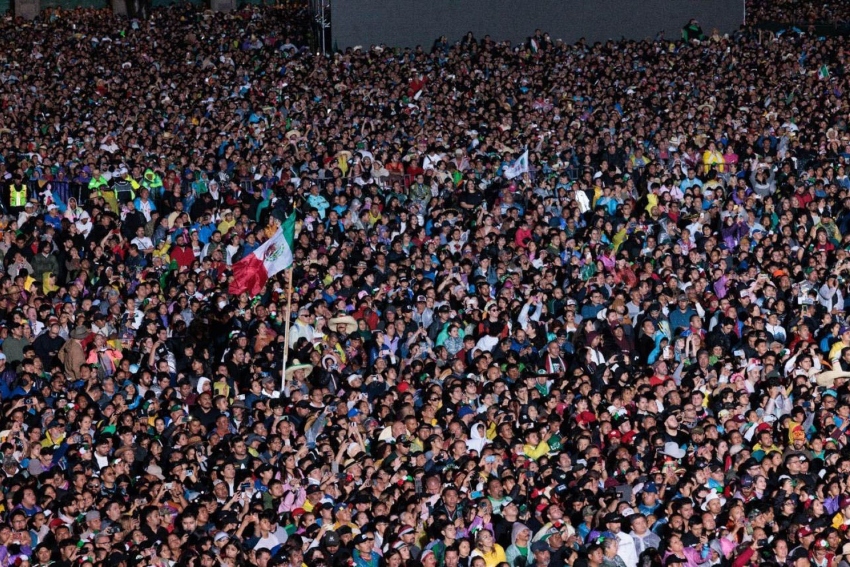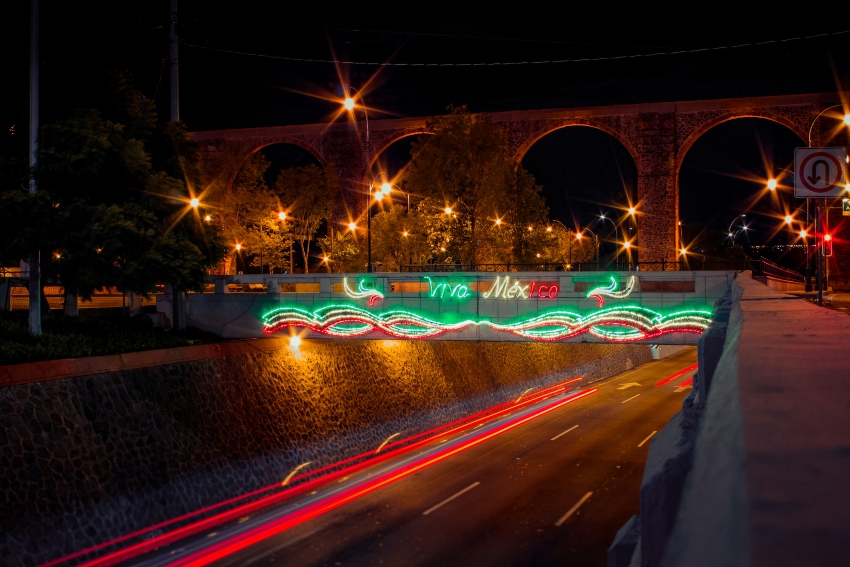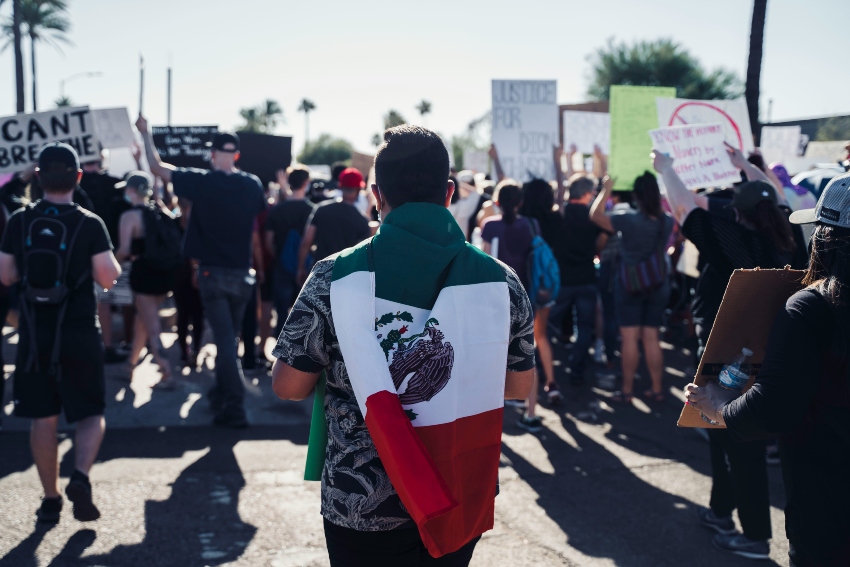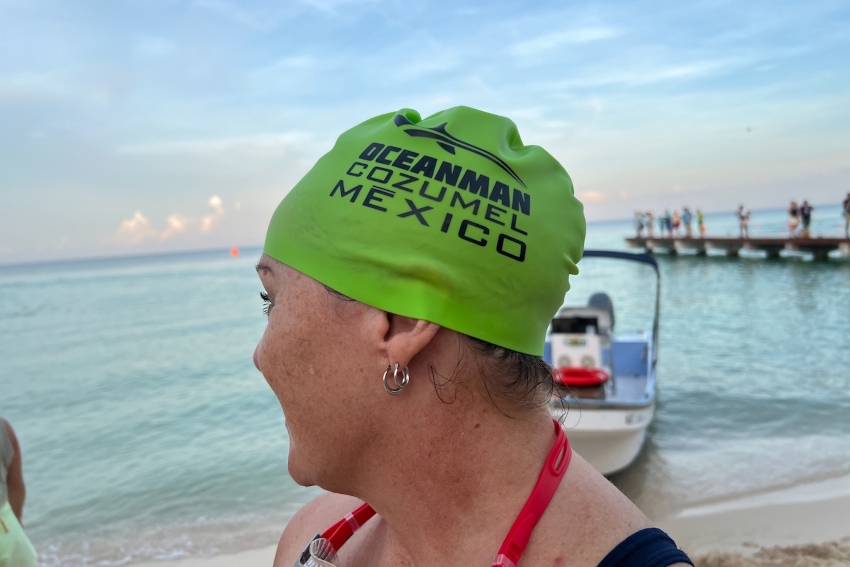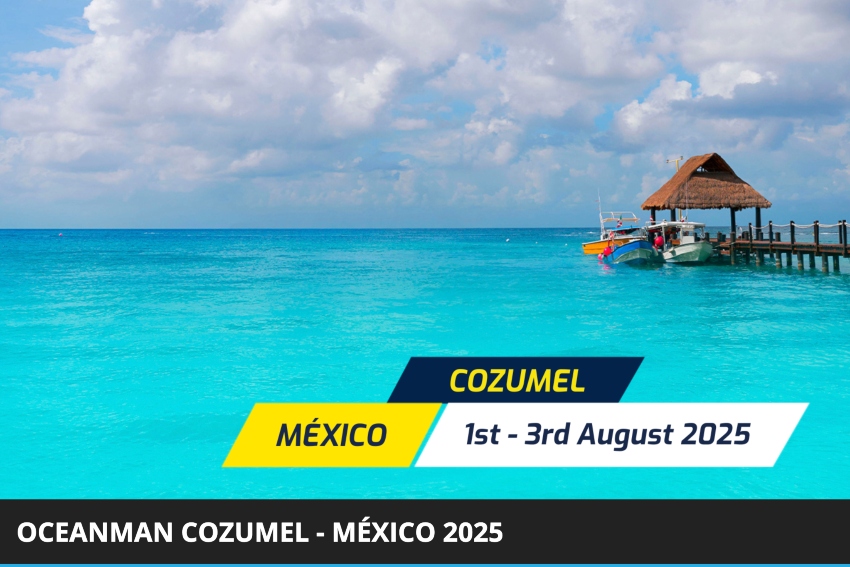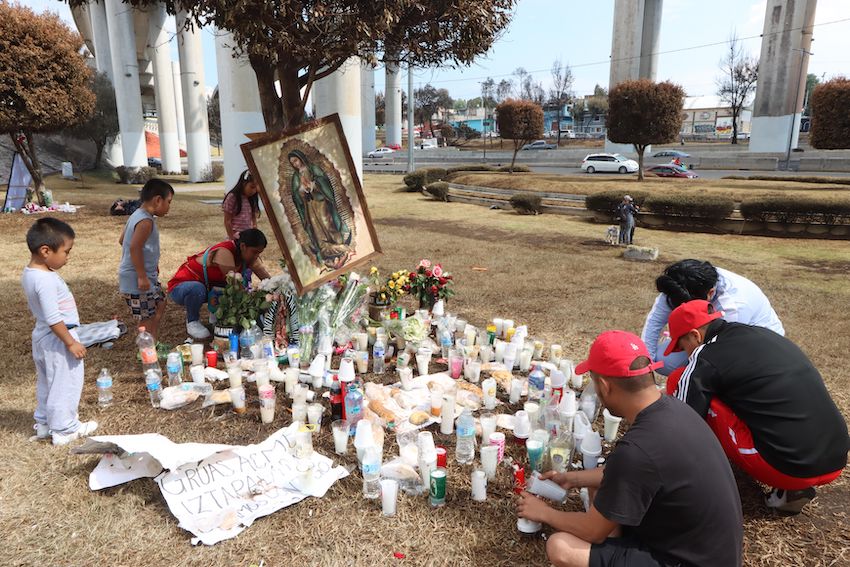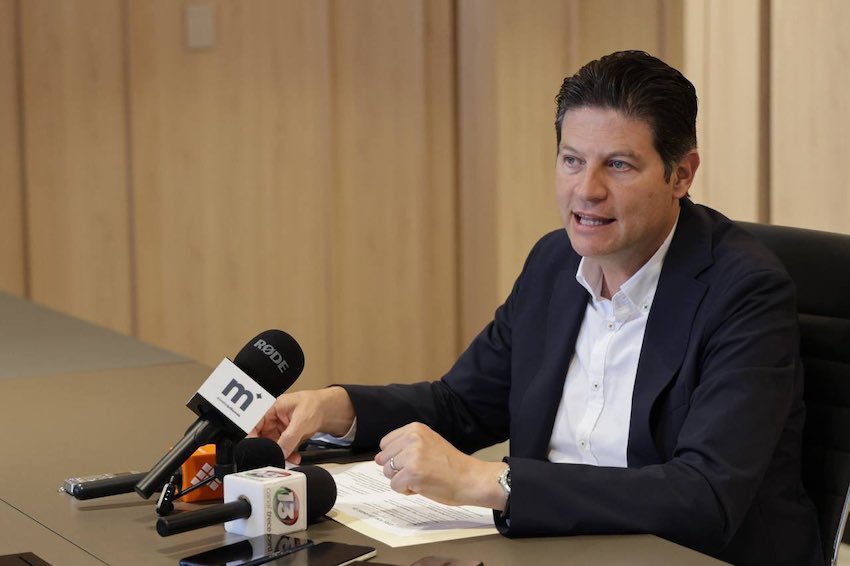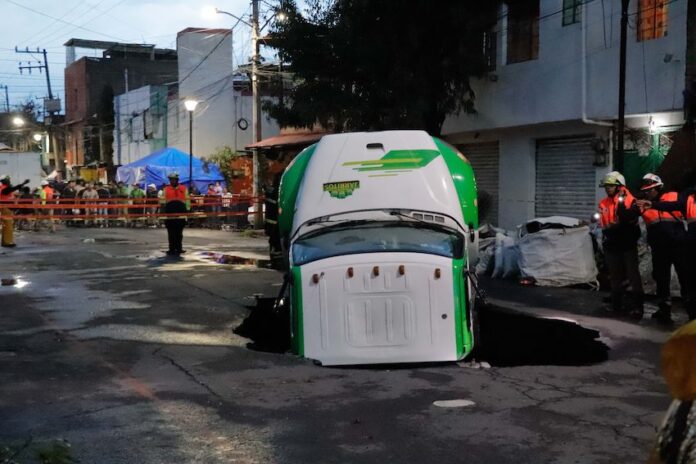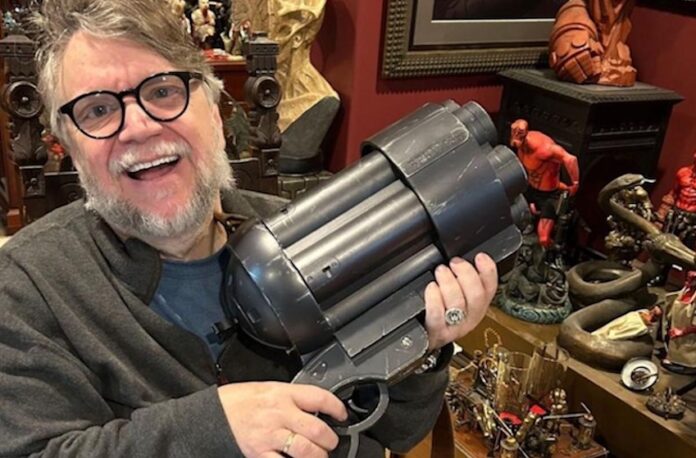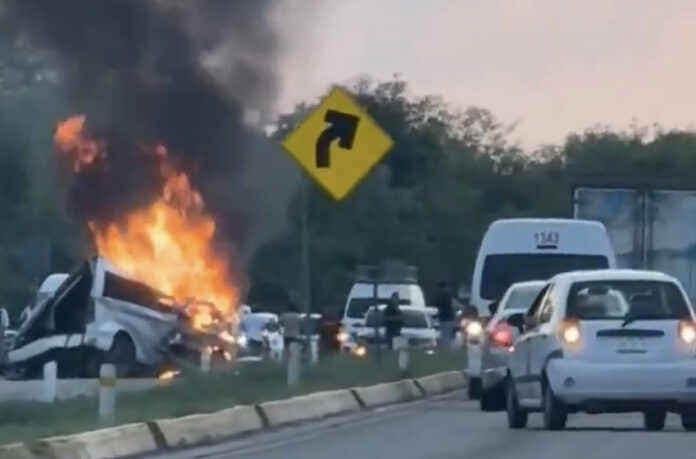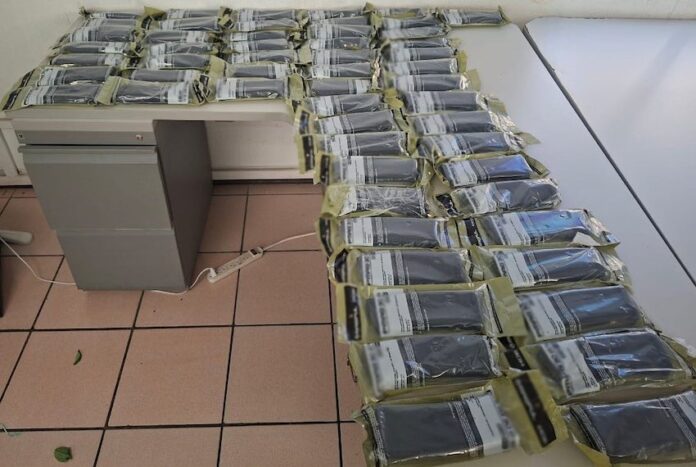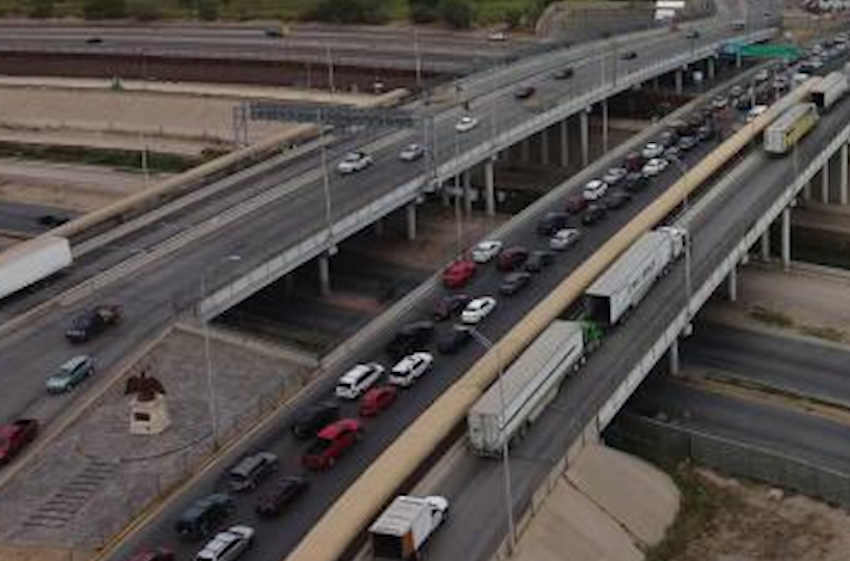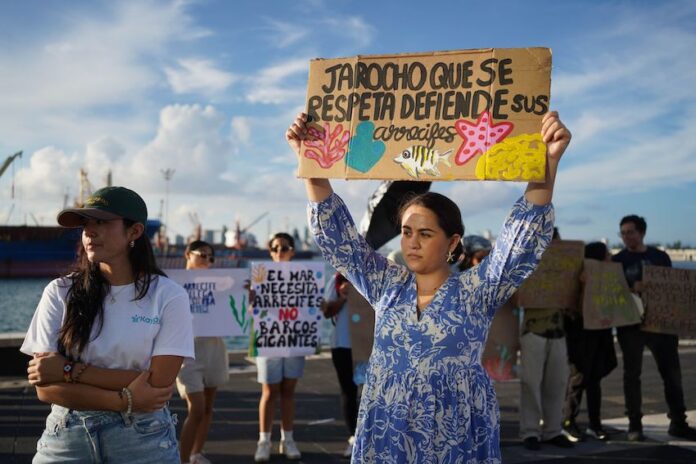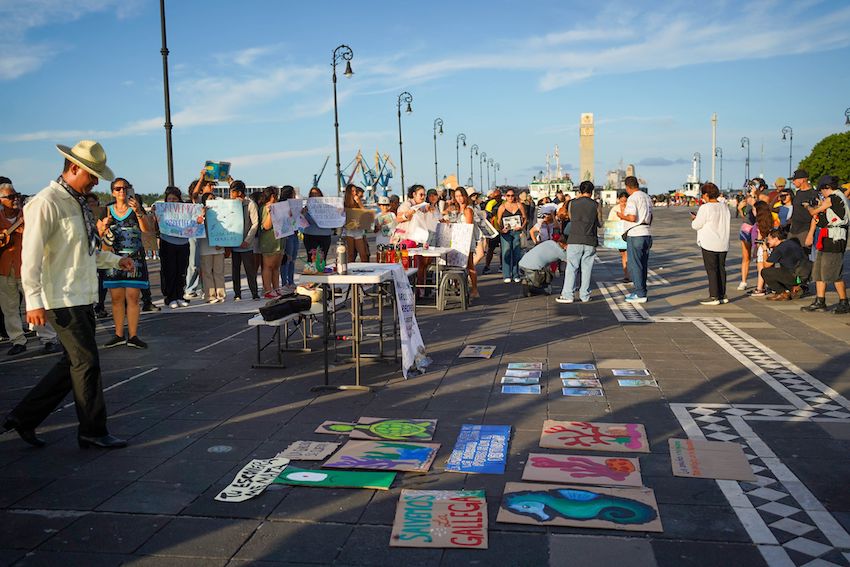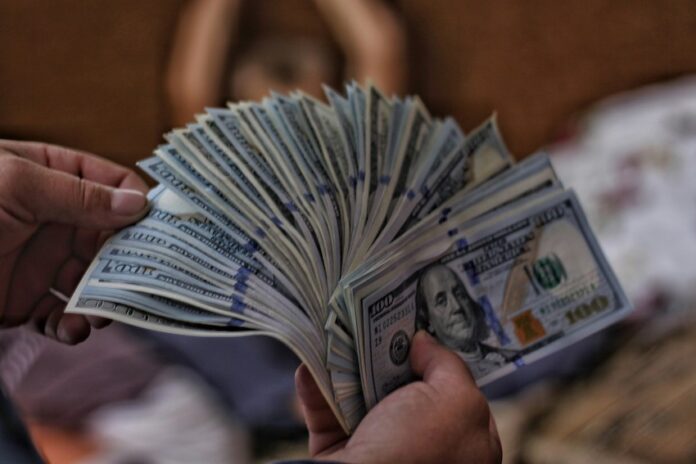President Claudia Sheinbaum made history on Monday night, becoming the first female president of Mexico to deliver the national Cry of Independence as she continued a long-running tradition on the eve of Mexico’s Independence Day.
With Mexico City’s central square, the Zócalo, filled to the brim, Sheinbaum appeared on the central balcony of the National Palace at 11 p.m. to pay homage to the original “Grito de Dolores” (Cry of Dolores), a call for revolt against Spanish rule issued by priest Miguel Hidalgo y Costilla in Dolores, Guanajuato, on Sept. 16, 1810.
“Mexicanas, mexicanos,” she began, giving symbolic precedence to the female citizens of the country.
“Long live independence! Long live Miguel Hidalgo y Costilla!” Sheinbaum bellowed on the eve of the 215th anniversary of the start of the Mexican War of Independence.
With the presidential sash draped over her torso, the Mexican flag in her left hand and her husband and three female military cadets standing behind her, the president went on to wish long life to various other Mexican independence heroes, including four women.
Josefa Ortiz Téllez Girón (Sheinbaum used the maiden name of the woman more commonly known as Josefa Ortíz de Domínguez), Leona Vicario, Gertrudis Bocanegra and Manuela Molina were all included in the presidential Grito de Independencia, witnessed also by a small group of high-ranking officials gathered on another National Palace balcony.
In keeping with her oft-repeated “It’s time for women” message, Sheinbaum also wished long life to the “anonymous heroines” of Mexico, the heroines (and heroes) who “gave us a homeland” and the country’s “Indigenous women,” recognition that was especially fitting given that 2025 is the “Year of the Indigenous Woman” in Mexico.
The prominence of women in the inaugural Cry of Independence (Grito de Independencia) delivered by a female president was a historic and important milestone in a notoriously macho country, an act that no doubt inspired millions of Mexican women, and, perhaps even more importantly, the nation’s girls.
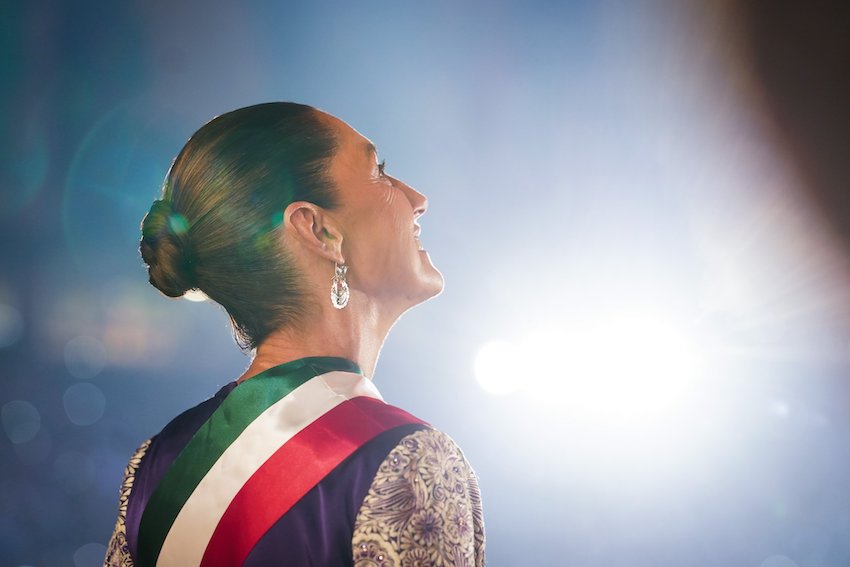
In additional nods to the current times, Sheinbaum also wished long life to “our migrant sisters and brothers” — amid an immigration crackdown in the United States — and to a “free, independent and sovereign Mexico.”
The emphasis on Mexico’s independence and sovereignty was particularly apt given the pressure the Mexican government has faced from the Trump administration and the ongoing speculation that the United States could take military action against Mexican drug cartels on Mexican soil, something that Sheinbaum is vehemently opposed to.
The “dignity of the people of Mexico” and freedom, equality, democracy and justice also got their due before the president’s Grito reached its crescendo with three passionate cries of “¡Viva México!”
An estimated 280,000 revelers responded in kind, roaring “Viva!” in unison to offer their full endorsement of the president’s message.
Sheinbaum subsequently rang the Campana de Dolores — the same bell that Hidalgo rang 215 years ago — waved the Mexican flag to the mass of patriots and joined in an especially patriotic rendition of Mexico’s national anthem.
An elaborate fireworks display followed, bringing yet more color, and noise, to the Zócalo — the beating heart of Mexico.
More history is made
The flag Sheinbaum fervently waved was given to the highly-popular president “for the first time in history” by military women from Mexico’s Heroic Military College, the president’s office said in a statement.
The president, the statement noted, “resumed a tradition started by former president Andrés Manuel López Obrador, by mounting an Honor Guard during her tour of the Gallery of Presidents at the National Palace,” which preceded the delivery of the Grito.
Walking through the National Palace, Sheinbaum and her husband, Jesús María Tarriba, paused in front of a portrait of Leona Vicario — an “historic event,” according to the president’s office, as the portrait of a woman had been placed in the main gallery of the National Palace for the first time.
Zócalo works up to fever pitch
There was a jovial, but calm atmosphere in the Zócalo when Mexico News Daily arrived at around 7 p.m. The facade of the adjacent National Palace veritably glowed in the national colors of red, green and white.
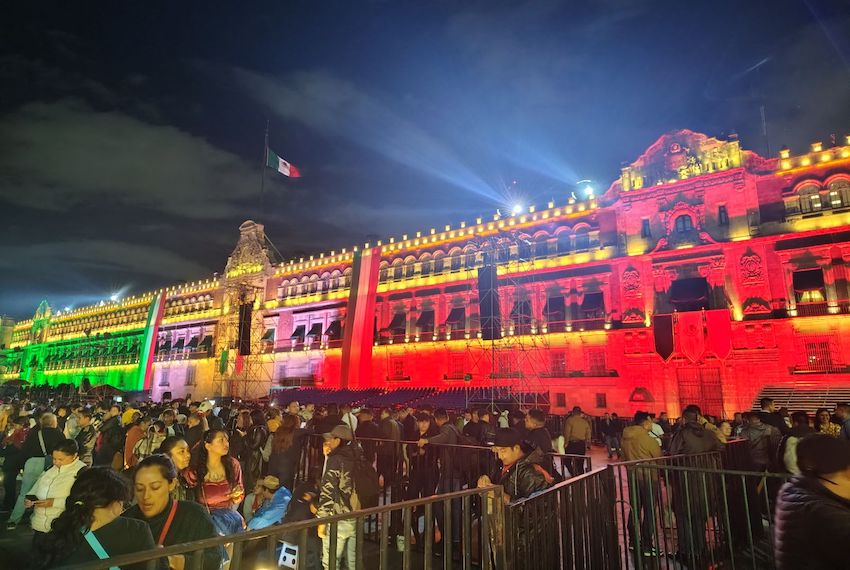
Babies, toddlers, children and elderly citizens in wheelchairs were among the throng of people waiting patiently but eagerly to hear the Grito de Independencia of the first female president the nation has had in the more than two centuries since Mexico became an independent country.
Tacos de canasta, tamales, doraditas and impossibly-heaped chicarrones preparados were all on offer across the vast expanse of the Zócalo, sating the appetites of the citizens of one of the world’s great, and rightfully proud, food countries.
Roving vendors hawked patriotic penachos (headdresses) and sarapes, and cigarettes and candy as well.
The ambience gradually became more exuberant as time passed. The commencement of live music — i.e. the warm-up acts — turned things up another notch, or three. It soon became evident that a not insignificant number of revelers had smuggled their favorite festive beverages into Mexico’s premier national gathering place — beer, canned tequila cocktails, the odd flask of stronger stuff. Despite the family atmosphere, marijuana smoke lingered in the air, but overall the crowd was well-behaved.
When La Arrolladora Banda El Limón de René Camacho — a band from Sinaloa — started playing, the energy in the Zócalo became palpable. Plenty of people knew all the words of the songs performed by the Latin Grammy award-winning regional music banda, and weren’t at all shy to show it. As 11 p.m. approached, the national party — in the Zócalo and across Mexico — was in full swing. Fever pitch had arrived.
As the vast crowd awaited the appearance of Sheinbaum and the delivery of the Grito, cries of “Claudia!” and “¡presidenta!” broke out and spread across the central square. When she finally appeared, the president was a distant figure on the National Palace balcony for many, but her voice was heard loud and clear:
“Viva México libre, independiente y soberano! ¡Viva México! ¡Viva México! ¡Viva México!”
By Mexico News Daily chief staff writer Peter Davies ([email protected])
